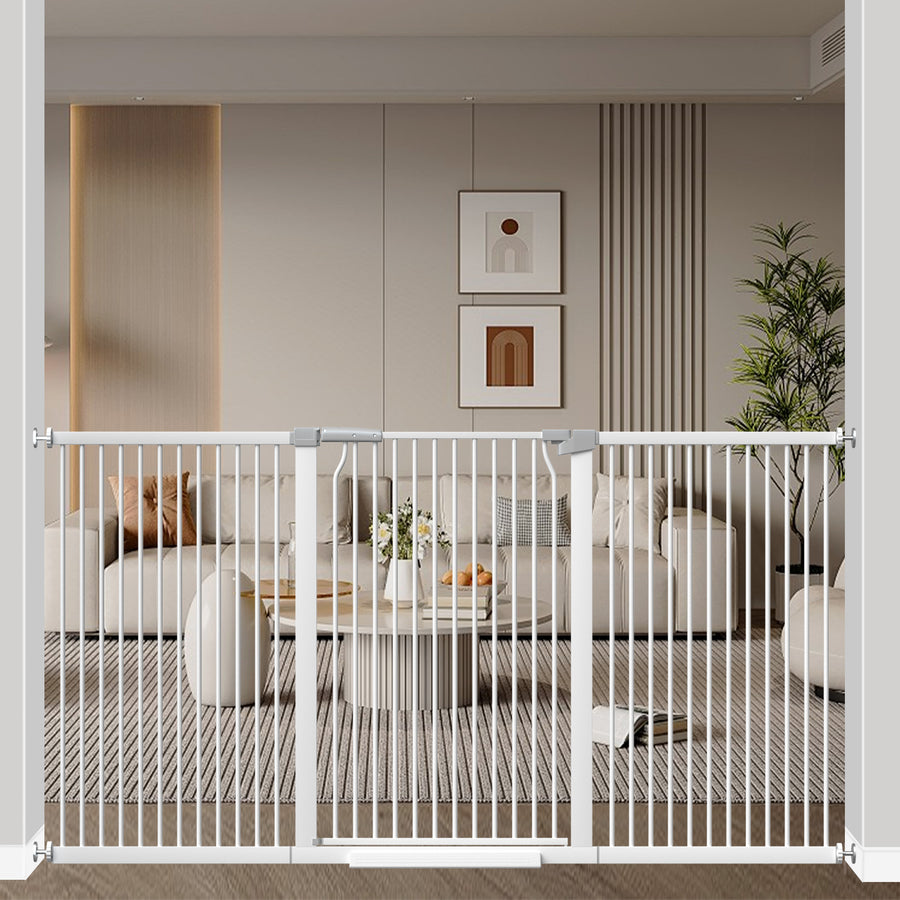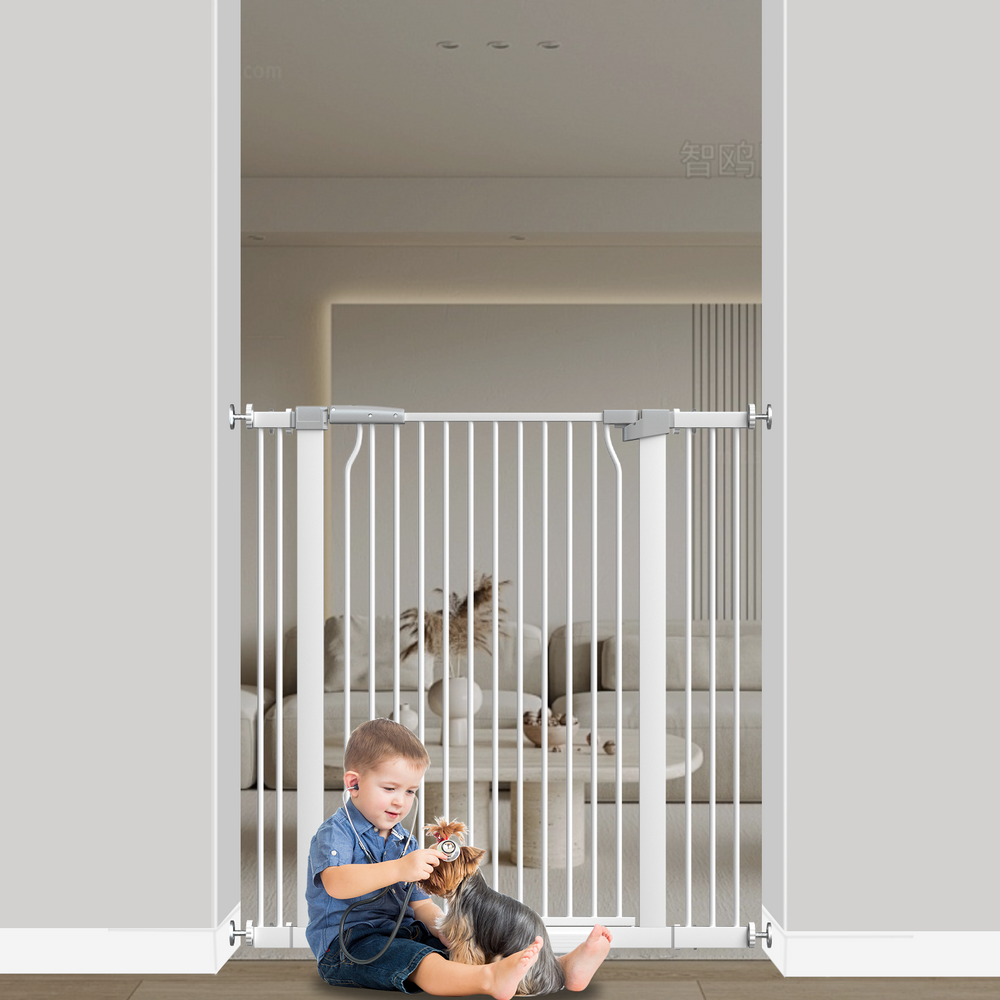How to Get Your Pet Ready for Alone Time
The last year and a half has seen a major shift in the daily lives of both people and their pets, thanks to the pandemic. Pets have been overjoyed with the constant presence of their human companions at home, and we've equally cherished their company. This period led to a surge in pet adoptions, with many households welcoming new pets.

Our furry friends have been a source of comfort during these challenging times. However, as life gradually returns to normal with the easing of restrictions, it's our turn to help them adjust. As we start resuming our regular out-of-home activities like work and school, our pets will have to reacquaint themselves with spending time alone. Pets thrive on routine, so it’s crucial to gradually get them used to being by themselves during the day. Keep reading for practical advice on how to prepare your pet for this change.
Tip 1: Gradually Increase Solo Time
Begin by leaving your pet alone for short periods, like an hour or two, and then slowly extend this time. Each time you return, show your pet affection and let them know you will always come back. This approach helps them get comfortable with the idea of being alone. Observe your pet's reactions and adjust the duration accordingly to ensure they're coping well.
Tip 2: Establish a Regular Schedule
Start setting a fixed daily schedule for your pet a few days or weeks before they need to be alone for extended periods. Regularize their feeding, walking, playing, and exercise times. A predictable routine will help your pet adjust more easily to the upcoming changes, reducing stress for both you and your pet.
Tip 3: Set Up a Comfortable, Secure Area
Ensure your pet has a familiar and secure spot to stay in while you're away. For crate-trained pets, their crate can be a comforting space. If your pet likes more room, setting up a pet gate or pet yard can provide a secure area within your home. These barriers are excellent for creating a designated safe zone for your pet.
Tip 4: Ensure Adequate Exercise
Regular exercise is key to managing your pet's energy levels, especially when they're alone. For dogs, a walk or run before you leave for the day is ideal. Cats can benefit from playful activities like chasing a cat wand in the morning. Engaging your pet in physical activities early in the day can keep them relaxed and less likely to be destructive at home. Evening walks are also beneficial. If time is limited, indoor games like fetch or treat hide-and-seek can keep your dog active. Exercise is not only crucial for their routine; it also provides much-needed attention and physical activity.
Tip 5: Use Background Noise for Comfort
Leaving the TV or radio on can provide a sense of companionship for your pet, helping to alleviate feelings of loneliness and boredom, and can be particularly useful for pets with separation anxiety. The background noise offers a comforting presence. Additionally, if you have a pet camera, like a Furbo, speaking to your pet throughout the day can be soothing and reassuring for them.
Tip 6: Offer Engaging Toys
Introducing new toys is an effective way to keep your pet engaged and out of mischief while you're away. Treat-dispensing toys are especially useful for keeping them mentally stimulated and can deter them from destructive chewing. If buying new toys regularly isn't feasible, consider rotating their existing toys to maintain their interest. Look for interactive toys that can entertain and challenge your pet during your absence.
Tip 7: Be Alert to Signs of Anxiety
Your pet may exhibit anxiety or negative behaviors, such as destructive chewing, excessive barking, indoor accidents, or general restlessness, when left alone for extended periods. If these behaviors occur, avoid scolding. Instead, temporarily halt the alone-time training and consider consulting a vet or a behavioral specialist if the issues persist.
Tip 8: Consider Professional Assistance
If your pet is struggling with being alone, think about hiring a pet sitter, dog walker, or enrolling them in daycare. These options can provide your pet with companionship and activity during the day. Ensure any pet sitter or daycare you choose is taking appropriate safety measures and that your pet is at ease with them.
Tip 9: Normalize Departures and Arrivals
Minimize the fuss around leaving or returning home to help your pet understand that these are normal, everyday occurrences. Pets are sensitive to human emotions and can mirror our reactions. By staying calm and composed during departures and arrivals, you help your pet remain calm and reduce their anxiety about these transitions.
Remember, successfully transitioning to full-time work or school while keeping your pet content is entirely achievable. It might require a bit of imagination, patience, and retraining. With the right preparation, your time apart can be stress-free for both you and your pet, making your reunions at the end of the day all the more joyful.






Leave a comment